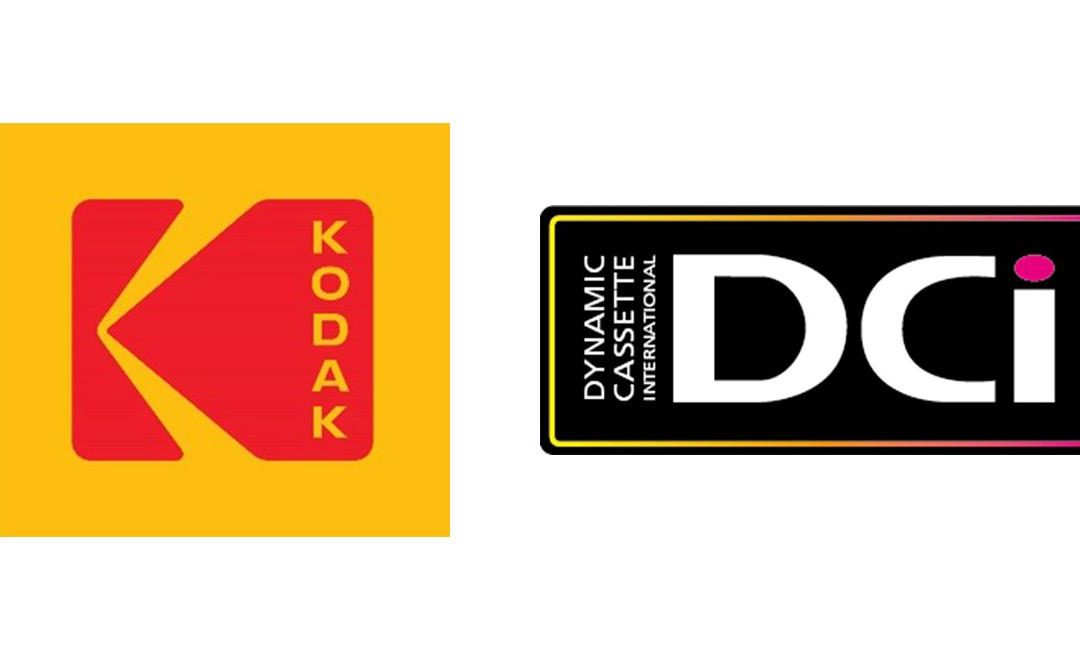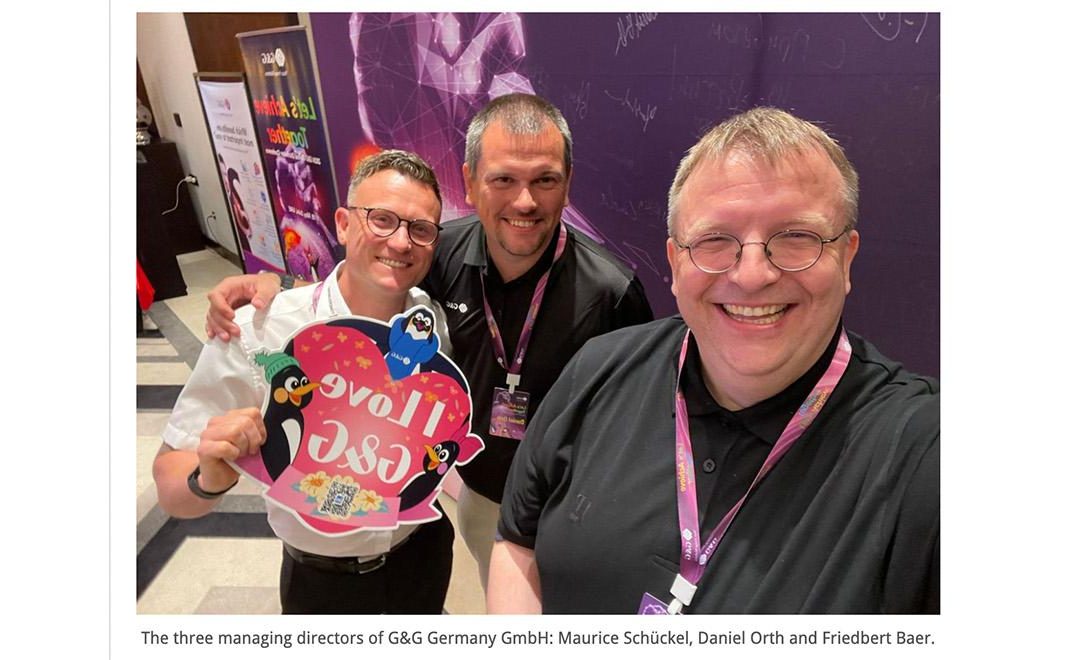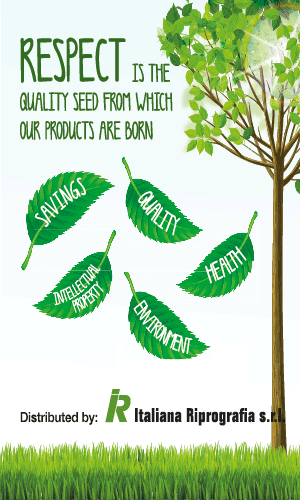 A recent article in The Parliament Magazine explains why there is “an urgent need” to embrace circular methods when it comes to plastic packaging.
A recent article in The Parliament Magazine explains why there is “an urgent need” to embrace circular methods when it comes to plastic packaging.
In the article, Antonino Furfari, Managing Director of Plastics Recyclers Europe, explains that changing the way in which we “produce, consume and dispose of our waste” is a pressing requirement, particularly so when it comes to plastics, “which need to be redesigned and their waste management improved.”
He describes “increased collection and efficient sorting” as being integral to this improvement and states that the industry must “start designing their products with recyclability as key factor.”
According to Furfari, each plastic product “has multiple design features which depend on the specific functionalities that a given application requires”. As a result, he says, “it is essential that specific guidelines are followed, incorporating all necessary features without obstructing Product Recyclability.”
Furfari explains that well designed products make the recycling process both more efficient and more profitable, as they are more easily and cheaply sorted and “can be used in a number of high-end applications”.
He says that, currently, plastic products incorporate too many inseparable polymers, additives and mixed materials, which are impossible to recycle and thereby interfere with the process of separating and recycling plastics “into high value raw materials”.
To combat this problem, recycling experts have come up with an online tool, RecyClass, which “was established with the aim of improving the design of packaging so that it is easily recyclable”.
RecyClass is based on a set of guidelines put together by experts in the field of recycling, and covers different aspects of packaging design, including labels, caps, lids, adhesives and more.
Furfari concludes by saying that “making plastic packaging fully recyclable is a task for the whole industry” and requires dialogue and “better communication among the different actors, including consumers” in order to change the current linear production model into a circular one.








